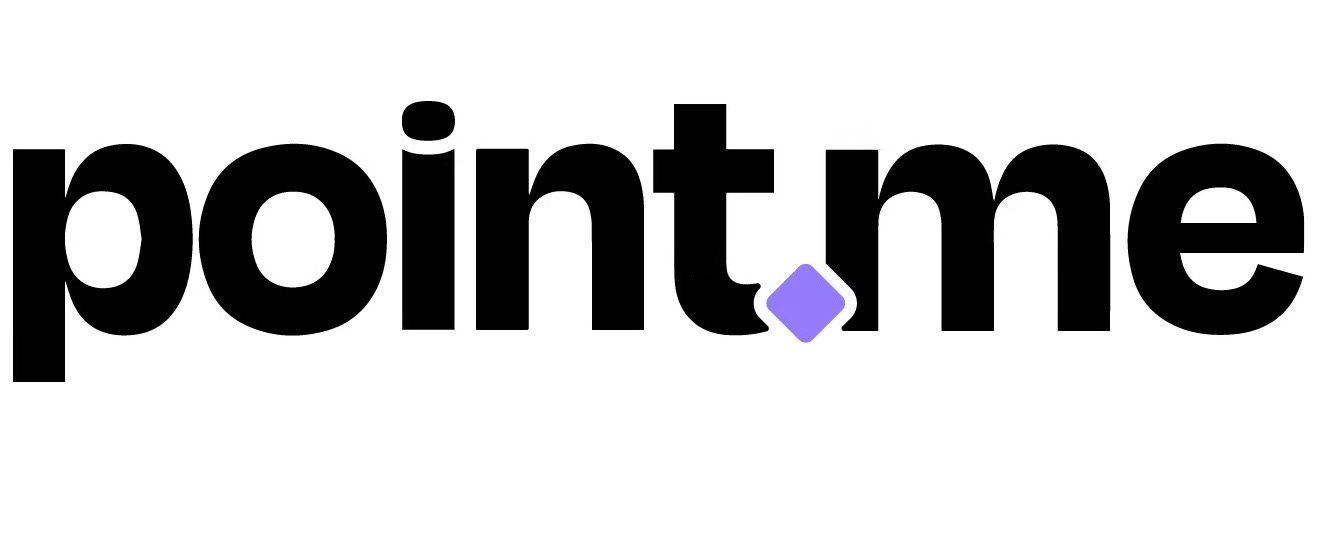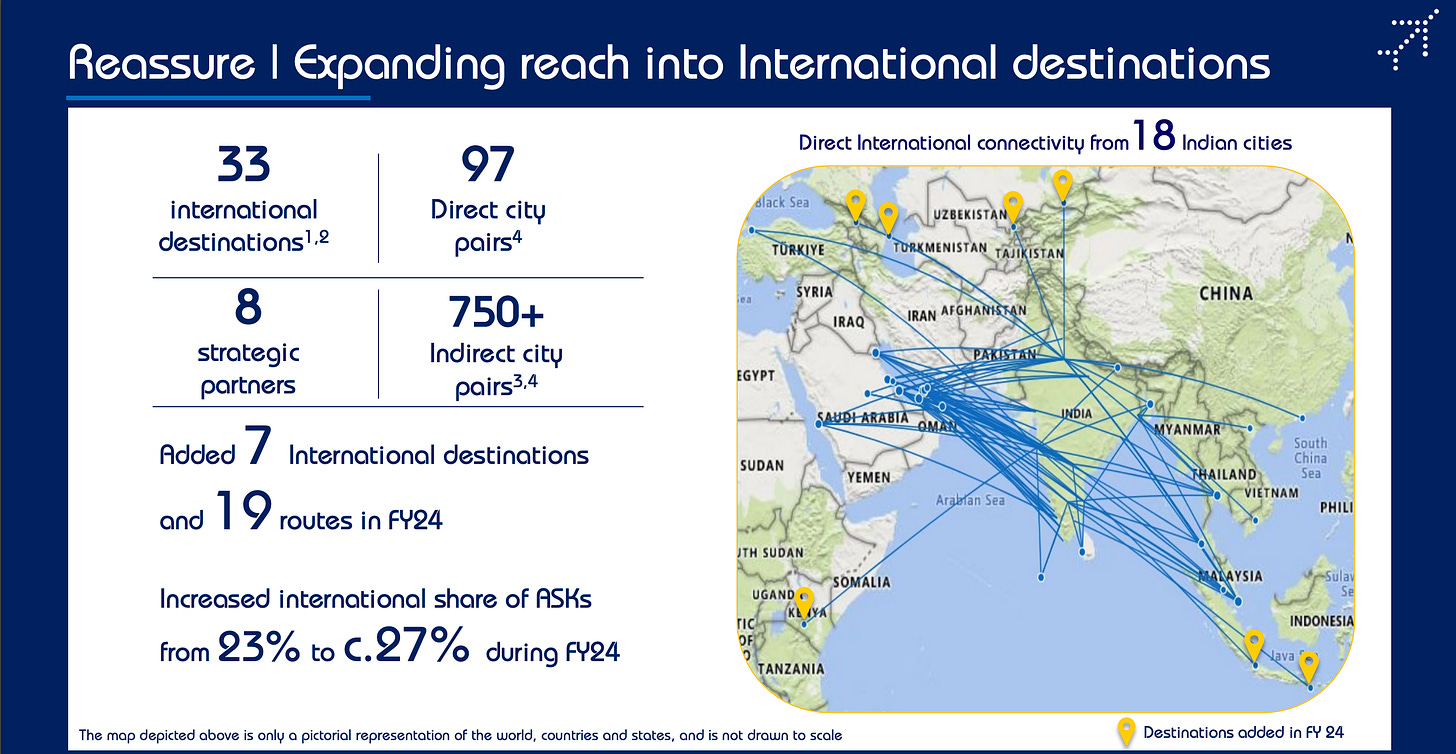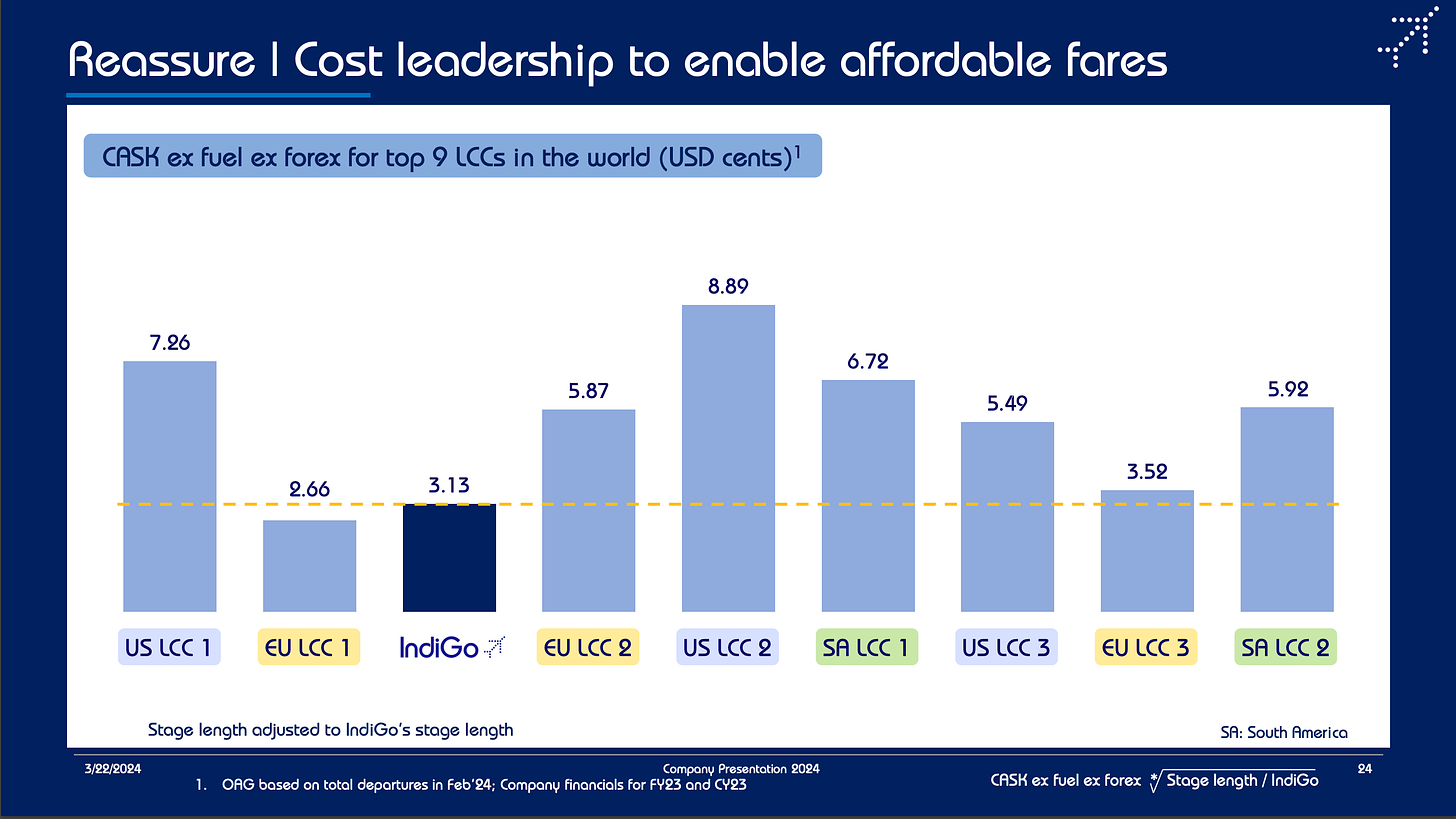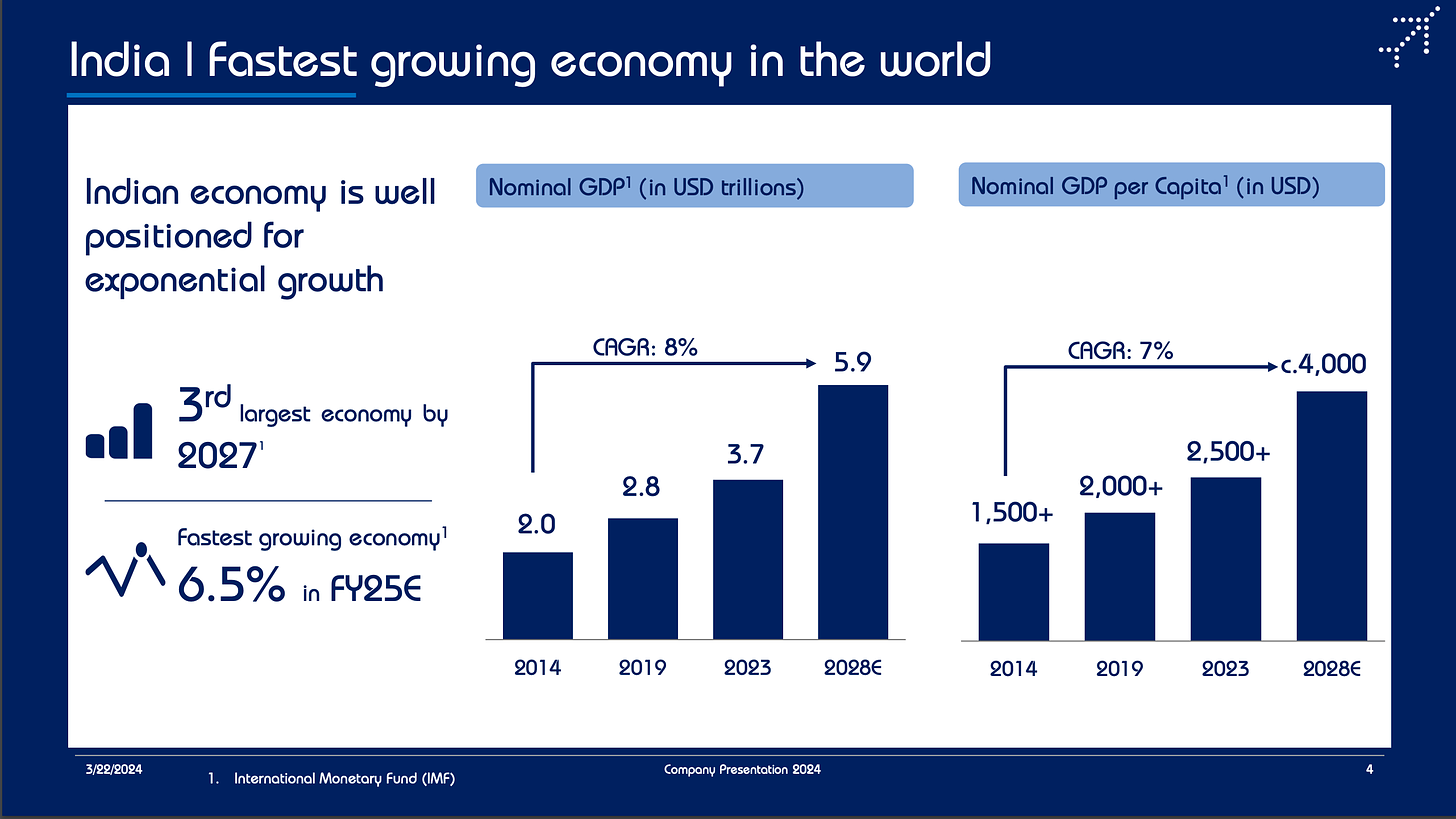
Today’s post is sponsored by
point.me is supercharging travel rewards participation to the benefit of airlines, hotels, credit card issuers and consumers alike. Get in touch.
Dear readers,
During a CEO panel I led last month in Singapore, I made the mistake of asking IndiGo CEO Pieter Elbers about China. I couldn’t spend 45 minutes with four CEOs at Aviation Festival Asia, and not ask about a country that, for years before the pandemic, dominated conference talk as foreign carriers salivated over attracting a sliver of its traffic.
But Elbers, the former KLM CEO, chided me for the question. China might have been the industry’s favorite growing market before Covid, but today, he told the audience, the excitement is in India. India now is the world’s most populous country, and more importantly, the nation’s two biggest airline groups — IndiGo and the newly reinvigorated Air India — are acting like it. The pair have placed orders for more than 1,000 aircraft from Airbus and Boeing. And yes, most of us have been around long enough to see big orders go poof when expected growth never materializes, but in India, I believe this is for real. India is a much more mature market than it was a decade or two ago, and the aviation infrastructure is catching up.
You may remember how Elbers lost a power struggle with Air France-KLM CEO Ben Smith, who wanted tighter control over the Amsterdam operation than his predecessors. When Elbers left KLM in 2022 after his second four-year term as CEO, I suspect he was very in-demand at globally focused premium airlines. Yet he went to India, a country where he had never lived, to run a low-cost airline with an all-narrowbody fleet. While most legacy airline executives prefer to return to what they know, Elbers sought a new challenge.
“India is probably the last frontier of aviation growth of this magnitude,” Elbers told me in an interview after our panel discussion. “To help to shape the future of not only IndiGo, but also Indian aviation, [and to be asked] at the age of 52 last year, I thought it was a great opportunity.”
Normally, quotes about tackling new challenges set off my bullshit meter. But I bought it. First, because I’ve always found Elbers to be honest and direct, including when he brusquely complained about my question about China. Second, this is an opportunity for the ages. Elbers took over an airline with 63 percent of the domestic market share in the world’s most populous country. And unlike Campbell Wilson, another expat, who took the CEO job at Air India, Elbers isn’t saddled with the consequences of decades of poor decision-making by executives working for the government. The biggest problem when he arrived at IndiGo? The Navitaire reservation’s system was “like 16 versions behind,” Elbers said, a problem he solved with a software update.
Today, Elbers leads a profit juggernaut: In the third quarter of its 2024 fiscal year (September through December of 2023) IndiGo reported net profit of almost 30 billion rupees, or about $360 million, with an after-tax profit margin of 15.4 percent. Air France-KLM’s Smith might have the sexier job, but there aren’t many airline companies that can match IndiGo’s margins, even if the end of the calendar year is typically the most lucrative period for Indian airlines. And while I know profits ultimately are how we judge a chief executive’s effectiveness, I sensed Elbers is having a lot of fun adapting to a new country and culture.
“It’s a country where there’s a speed and a vibrance and an optimism,” he told me. “There’s a belief that tomorrow is going to be better than today or yesterday. That sort of forward-looking grows on you.”
Here’s a condensed and edited transcript of my discussion with Elbers.
Brian Sumers: You’ve now got 366 airplanes. But you have 960 more on order. Where will you fly them?
Pieter Elbers: There’s a solid plan we’re building. But if your question is, ‘are you concerned you can find enough homes for these planes?’ No, I’m not concerned. The challenge will be: is the infrastructure capable of catching up at that very same speed as the induction of aircraft? I would say that today’s India is different than probably a decade ago. A lot of things which were spoken about in the past are now coming to reality. We have a second airport in Delhi coming up. We have a second airport in Mumbai coming up. We have a new terminal in Bangalore that recently opened. All these things are really enabling that growth.
Today, we operate 86 domestic destinations. Basically, we fly to each airport of a certain size in the country. There’s going to be a few more openings for sure going forward. We’ll [also] just see more and more routes. Today we operate a little over 400 domestic routes and in places like Ahmedabad [and Pune] we see a huge growth. That’s the domestic story.
More exciting in terms of new routes is the international part. Today, we have about 100 routes to 32 destinations. Soon, No. 33 will be Bali, connected to Delhi. If you take India’s geographical scope, every time we expand a bit further. First was the Middle East and it Southeast Asia. Now we have moved to Baku, Tbilisi, Almaty, and Tashkent — all operated out of Delhi. When the XLR comes in, we will be able to even further expand into parts of Europe, and parts of Northeast Asia.
The good part is that — similar to the U.S., even though the landmass in the U.S. is larger than the landmass of India — you can operate a different network out of Delhi, than you operate out of Mumbai, than you operate out of Chennai. It’s like how Delta is operating a different network out of Atlanta than they do out of Seattle and New York. For us Delhi, Mumbai, Chennai, and Kolkata are all offering different opportunities.
Sumers: We hear rumors you’re going to offer a business class. Is it true?
Elbers: We have a wonderful mixture of customers, and we have a lot of first-time flyers. But IndiGo is no longer just an [airline for] first-time flyers. If you fly 19 times a day between Delhi and Mumbai and 14 times a day between Delhi and Bangalore, there’s a lot of business related traffic. Today, we have a very special seating for them, which serves our business consumers very well. We keep all options open. We’re not ruling out anything. When the [A321] XLR comes in, there’s more questions to be addressed. We haven’t taken any decision yet.
Sumers: The other rumor is widebodies. Are they happening?
Elbers: We are not ruling out anything. But we have the XLR. We have a lot of opportunities to grow and further build our network based on the planes we have. About 65 percent of the world’s population lives within the range of our airplanes today. The XLR will only bring up that number. We have almost 1,000 planes on order. It just speaks to the enormous opportunity we have.
Sumers: You’ve got some of the lowest unit costs in the world. I have always heard that the genius of Ryanair CEO Michael O’Leary is that he picked a low-cost strategy and never wavered. Is there a fear that if you add more premium products, you’ll lose what made IndiGo special?
Elbers: I think every airline takes its own decision based on what’s your operating environment, and what’s your competitive landscape? What’s the market you operate in? How does this market evolve? Every company takes its own decisions at each point in time, and IndiGo has been very successful so far. No airline in the world has achieved 100 million [annual] customers in just a 17-year timeframe.
Sumers: Do you consider Tata and the airlines of Air India Limited to be competitors? Can both groups coexist?
Elbers: For a country the size of India, there’s going to be multiple carriers. Look at the U.S. Look at Europe. Look at China. The Air India group is just one of them in the field. Yes, it’s a competitor to us. But we believe there’s a lot of room for multiple carriers to operate in India.
Sumers: Air India’s Wilson told me one problem with long-haul flights from India is that many premium customers prefer to make a stop in the Gulf rather than fly nonstop. As you move to longer stage lengths, such as Europe, does that concern you?
Elbers: No. For a long time, there was limited choice for Indian consumers. With the rise of the Indian carriers, there’s just going to be more choice, and then it’s up to the Indian consumer to choose what to do. The consumer can decide whether they want to fly directly with us, or our Indian competitors, or travel through the Gulf again.
We have seen this with our flights to Istanbul. We have two damp-leased widebodies on the route. We have even experimented with some codeshares and beyond codeshares on that route, which is working very well. We’ve been able to stimulate the market between India and Turkey. We see a lot of growth in the point-to-point market but also with our 35 beyond codeshares in Europe and another four in the U.S. It’s really helping us. We see that part of our Indian customer base would like to travel on those flights.
Sumers: Lots of airlines have code on you, to get their passengers where they need to go in India. That’s fairly normal, even for a LCC, since it delivers incremental customers. But you also put your code not only on Turkish, but also on Qantas. That’s rarer for LCC. Why is the Qantas deal important?
Elbers: We fly from eight cities into Singapore, and these people are connecting here on Qantas to four points in Australia. I am of the view that you’re not either this, or you’re that — it’s sort of changing. One of the great things about India is its rich diversity in terms of travelers. You find these young startup companies in Bangalore. You find some of the big corporates. You find the first-time travelers. I think our proposition is, we should offer a value for money proposition for all of them. And part of that value proposition is these codeshares.
Sumers: Final question for you. What’s been the biggest change for you in adapting from the KLM mentality to the IndiGo one?
Elbers: Indigo is of course at a different stage than KLM. The countries are in different states. European countries typically have 2-3 percent GDP growth per year or even less. India is 6 or 7 percent. The average age of the population is much younger than in Europe. So there are different dynamics. I don’t want to say one is good, and the other is bad. It’s just different.
I think the speed here is the biggest part of it. I take visitors from abroad to our training center, where we train 2,000 people a day. That speed is just phenomenal. I mentioned we did our upgrade to Navitaire. That was a massive operation and people are dedicated and motivated to do it. There’s this enormous drive. It’s a great place to be at this point. I think we are moving in the right direction.
The newest installment of The Air Show — my weekly podcast with Jon Ostrower of The Air Current and Brett Snyder of Cranky Flier — is available now, and it’s a good one. Jon takes us through all the tumult at Boeing and lets us in on what he thinks is coming for the embattled manufacturer.
That’s all for today. Thank you all for reading.










